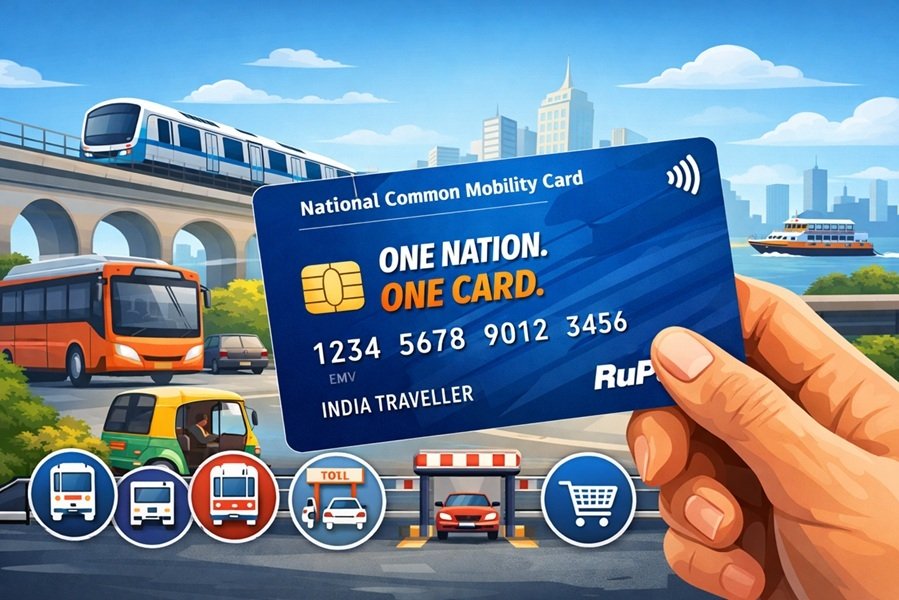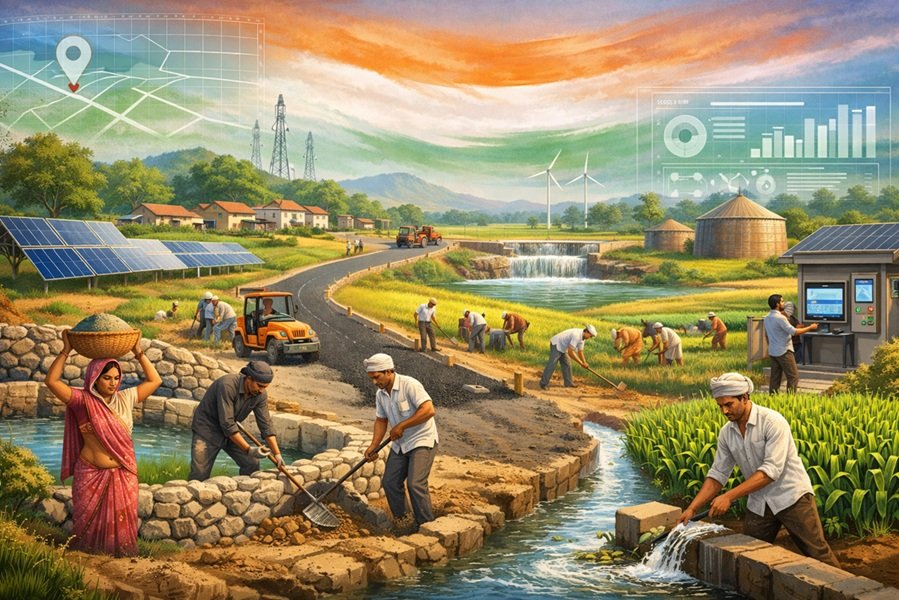
Introduction
India, a country of over 1.4 billion people, has made commendable progress in increasing literacy rates since independence. From a mere 12% in 1947 to nearly 77% in 2023, the journey reflects the country’s persistent efforts in expanding educational access and awareness. However, in recent times, headlines such as “Mizoram becomes India’s first fully literate state” or “100% literacy achieved under ULLAS” have sparked confusion. Many wonder: If Kerala has a 96.2% literacy rate and Mizoram 98.2%, how can we claim 100% literacy?
This article provides a deep dive into the concept of 100% literacy in India, exploring the statistical, administrative, and sociopolitical dimensions of the term, and clarifies how such declarations differ from literal population-wide literacy.
What is Literacy?
Definition by Census of India:
A person aged 7 years or above who can both read and write with understanding in any language is considered literate.
This broad definition does not include:
- Level of education attained
- Fluency or proficiency
- Numeracy skills
Read This: IRCTC’s SwaRail App: Top 6 Features Every Train Traveller Should Know
Literacy Rate: How is it Calculated?
The literacy rate is calculated using the formula:
Literacy Rate = (Number of Literate Persons aged 7 and above / Total Population aged 7 and above) × 100
This is a population-level statistical measure, not a policy outcome.
The Myth of 100% Literacy
Literal vs. Functional Literacy:
- Literal 100% literacy implies every individual aged 7 and above is literate.
- Functional or programmatic 100% literacy implies that all targeted non-literate individuals under a specific scheme have been reached and educated.
Thus, when a state like Mizoram is declared 100% literate under programs like ULLAS (Understanding Lifelong Learning for All in Society), it does not mean every citizen is literate in a statistical sense.
Mizoram: India’s First “100% Literate State”
In early 2024, Mizoram was declared India’s first fully literate state under the New India Literacy Programme (NILP), renamed as ULLAS.
Key Highlights:
- Achieved a literacy rate of 98.2% as per NSO data.
- Under NILP, the remaining identified non-literate adults were taught basic reading and writing.
- The success was largely attributed to the Mizo community spirit, often referred to as Tlawmngaihna – a value of selflessness and community service.
Does this mean every person in Mizoram can read and write?
No. It means:
- Every person identified as non-literate under the program was enrolled, taught, or reached.
- It’s a governmental milestone, not a census figure.
Kerala: The Traditional Literacy Leader
Kerala has long been hailed as the most literate state in India, with a literacy rate of 96.2% (NSO 2021).
Why Kerala Wasn’t Declared 100% Literate (Yet):
- Kerala already achieved near-universal literacy through its People’s Planning Campaign and Total Literacy Campaigns of the 1990s.
- However, it hasn’t yet been officially declared “100% literate” under the ULLAS/NILP program.
- Kerala’s literacy success stems from:
- High investment in public education
- Inclusive policies targeting women and marginalized groups
- Strong social movements and community support
National Literacy Status (as of 2024)
| State/UT | Literacy Rate (%) |
|---|---|
| Mizoram | 98.2 |
| Kerala | 96.2 |
| Tripura | 94.4 |
| Goa | 93.3 |
| Delhi | 88.7 |
| Bihar | 70.9 |
| Andhra Pradesh | 66.4 |
| National Average | ~77 |
Source: National Statistical Office (NSO), Periodic Labour Force Survey
What is ULLAS or NILP?
The New India Literacy Programme (2022–2027), later rebranded as ULLAS, aims to achieve functional literacy and numeracy in India, especially for:
- Adults aged 15 years and above who missed formal schooling
- Women and marginalized groups
- Prison inmates, street dwellers, and rural poor
Components:
- Foundational Literacy and Numeracy
- Critical Life Skills
- Vocational Education
- Basic Education (up to Class 8)
- Continuing Education
Why the Term “100% Literacy” is Used by Governments
The use of “100% literacy” in government communications is:
- Motivational: Encourages continued participation and political support
- Administrative: Marks the closure of a particular scheme cycle
- Symbolic: Demonstrates success in outreach and inclusivity
However, it is not meant to indicate absolute statistical perfection.
Challenges in Achieving True 100% Literacy
1. Dropout Rates
Many students leave school before completing primary or secondary education.
2. Rural-Urban Divide
Remote areas face teacher shortages, poor infrastructure, and limited internet access.
3. Gender Inequality
Girls, especially in northern states, face cultural and financial barriers to education.
4. Adult Illiteracy
An estimated 20 crore adults in India are still non-literate.
5. Quality vs. Quantity
Even literate individuals often lack comprehension or numeracy skills, raising concerns about “functional literacy.”
Global Context: Literacy vs. Education Quality
- UNESCO defines a literate person as someone who can read and write a simple sentence and perform basic arithmetic.
- Finland, Japan, Norway, and South Korea report near-total literacy, but they also emphasize education quality, critical thinking, and creativity.
India’s emphasis is shifting gradually from basic literacy to life-long learning, vocational training, and digital education — a necessary evolution.
Conclusion
The claim of 100% literacy in Mizoram and similar declarations are contextual milestones rather than absolute realities. While Kerala and Mizoram are leading the way, the broader goal for India should be universal, equitable, and quality education that goes beyond numbers.
Understanding the difference between statistical literacy rates and programmatic literacy achievements is crucial for accurate public discourse. The journey toward real 100% literacy involves not just enrollment and teaching, but also retention, comprehension, and empowerment through knowledge.





